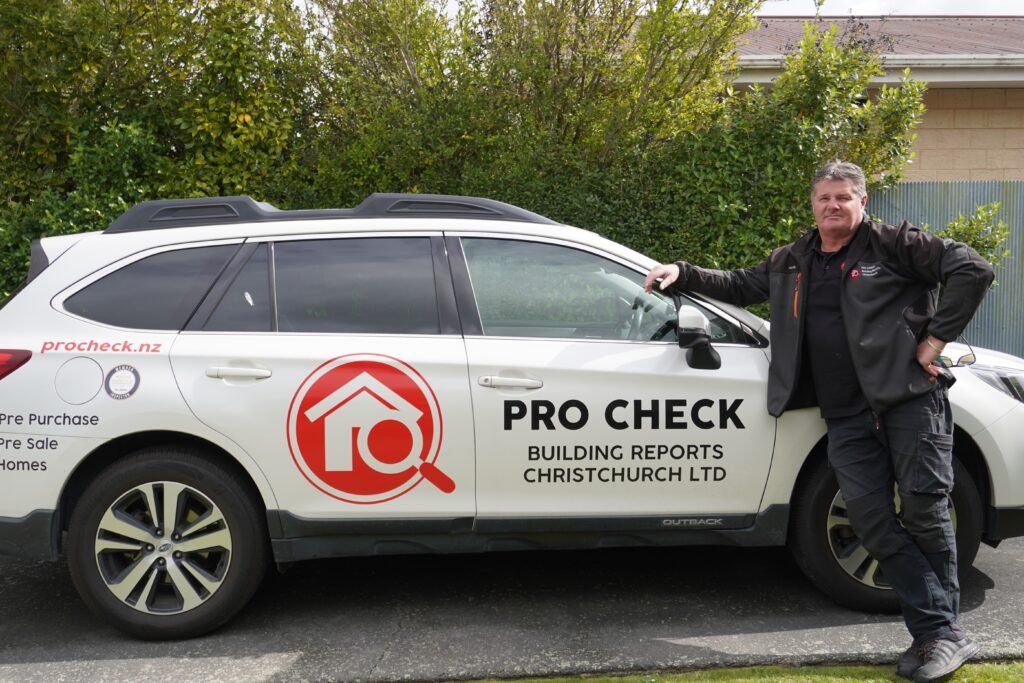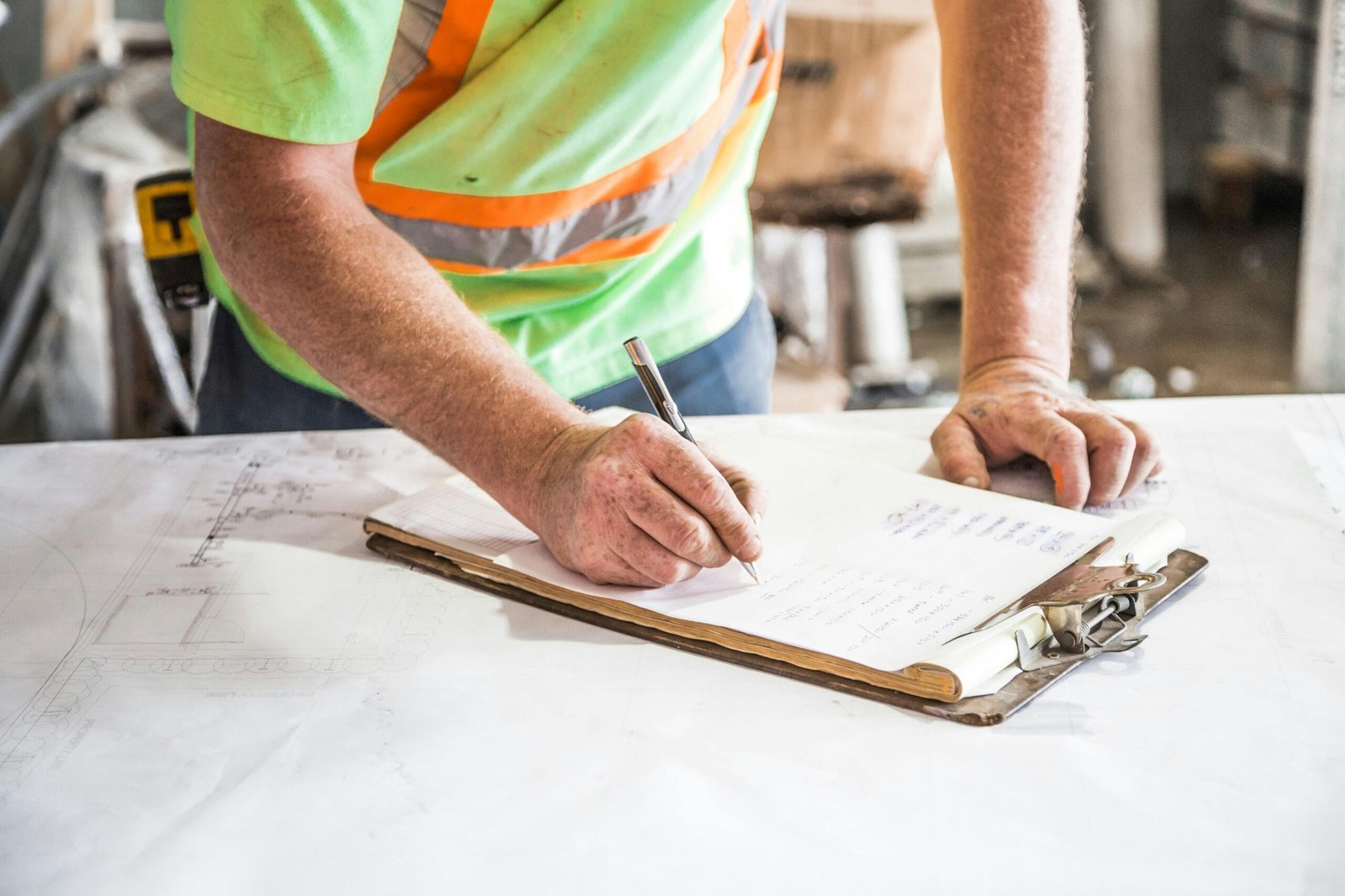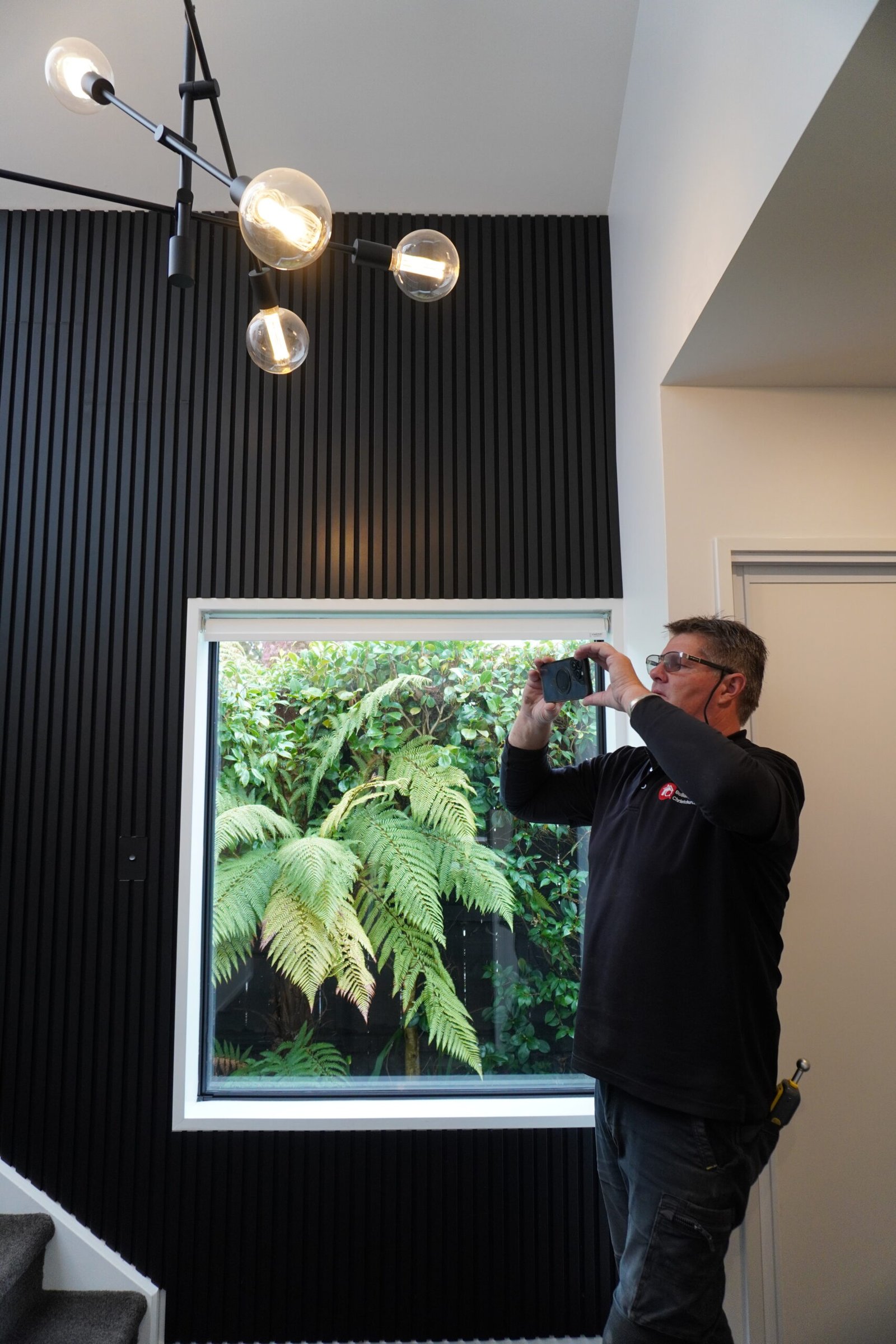When it comes to buying or selling a home, most people know they need a building inspection—but what type?
Pre-purchase and pre-sale inspections sound similar, but they serve two very different purposes.
If you’re not sure which one applies to you (or why it matters), this guide will make it clear.
What Is a Pre-Purchase Inspection?
A pre-purchase inspection is done on behalf of the buyer. It’s designed to uncover any hidden issues with the property before you commit to the purchase.
Think of it as your last line of defence before signing the dotted line. The goal isn’t just to spot problems—it’s to give you leverage in the negotiation and clarity about what you’re really buying.
What it typically includes:
- Moisture testing in key risk areas
- Full structural and weathertightness assessment
- Checks for unconsented work or hidden damage
- Summary of any urgent or high-cost issues
Why it matters:
Without a pre-purchase inspection, you’re relying on surface-level impressions. And no matter how tidy a house looks, problems beneath the surface can cost tens of thousands later.
What Is a Pre-Sale Inspection?
A pre-sale inspection is done on behalf of the seller, usually before the property goes on the market. The aim is to identify and fix potential red flags before buyers see them.
This is about being proactive. Sellers who know the true condition of their home are in a stronger position when offers start coming in.
What it typically includes:
- Full assessment of the property’s condition
- Identification of defects that could impact value or delay the sale
- Optional recommendations for repairs or improvements
- A professional report that can be shared with buyers
Why it matters:
When buyers feel confident, offers come faster. A clean inspection report reduces friction, supports your asking price, and removes surprises from the negotiation.
Key Differences at a Glance
Who Orders the Inspection?
Pre-Purchase: Ordered by the buyer to assess the home before committing to the purchase.
Pre-Sale: Ordered by the seller to understand the condition of the home before listing it.
When It Happens
Pre-Purchase: Typically done after the offer is accepted but before final confirmation (during due diligence).
Pre-Sale: Completed before the home hits the market, giving the seller time to make improvements if needed.
What’s the Main Goal?
Pre-Purchase: Protect the buyer and identify any hidden issues that could impact value, safety, or livability.
Pre-Sale: Help the seller address problems early and reduce buyer objections during negotiation.
How It Affects Negotiation
Pre-Purchase: Gives the buyer leverage to negotiate repairs or lower the price based on what’s uncovered.
Pre-Sale: Arms the seller with information to justify their asking price or make targeted improvements before listing.
Tone of the Report
Pre-Purchase: Written with an independent, buyer-focused tone to highlight risks and protect the buyer.
Pre-Sale: Still factual, but more supportive and seller-aware, often highlighting what’s already compliant or well-maintained.
Which One Do You Need?
Buying a home? A pre-purchase inspection helps you avoid costly mistakes. It arms you with facts before you commit.
Selling a home? A pre-sale inspection helps you control the process. You can fix issues early or price the property accordingly—without last-minute surprises.
Final Thought
Regardless of which side you’re on, the real value of an inspection is control. You either uncover the risks before you buy—or you get ahead of them before you sell.
At PRO CHECK, we offer both pre-purchase and pre-sale inspections with fast turnaround times, clear reports, and straight answers—so you can make confident decisions, not emotional ones.



